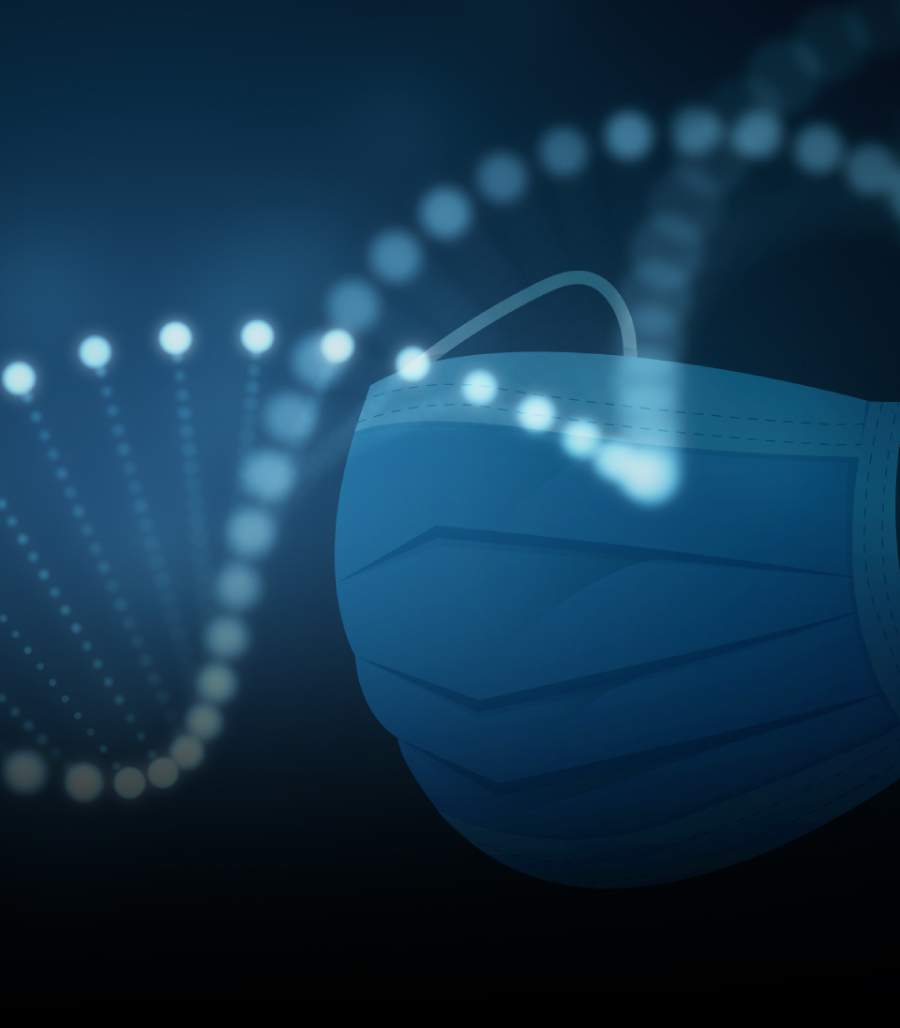
Insects already form a staple of both livestock animals in the wild and humans in different parts of the world, due to their high protein and nutritional content. Insect production doesn’t require the use of hormones, pesticides, antibiotics and other harmful substances commonly used in livestock (and plant) production.

